
How Many Digital Currencies Actually Exist?
Ever wondered how many cryptocurrencies are actually out there? You've heard of Bitcoin, maybe Ethereum and Dogecoin thanks to that weird guy at work who won't shut up about them. But little did you know there are over 10,000 different digital currencies in existence. 10,000! Apparently creating your own cryptocurrency is easier than baking cookies these days. Not that you would know, seeing as the last time you turned on an oven, the fire department had to make an appearance. But we digress. While the big boys like Bitcoin and Ethereum dominate the headlines, the lesser-known currencies are multiplying faster than gremlins in a swimming pool. Which begs the question - do we really need 10,000 cryptocurrencies? Isn't a couple hundred enough? Or maybe just one? Regardless, you now have a fun fact with which to impress the weird crypto guy at work. You're welcome.
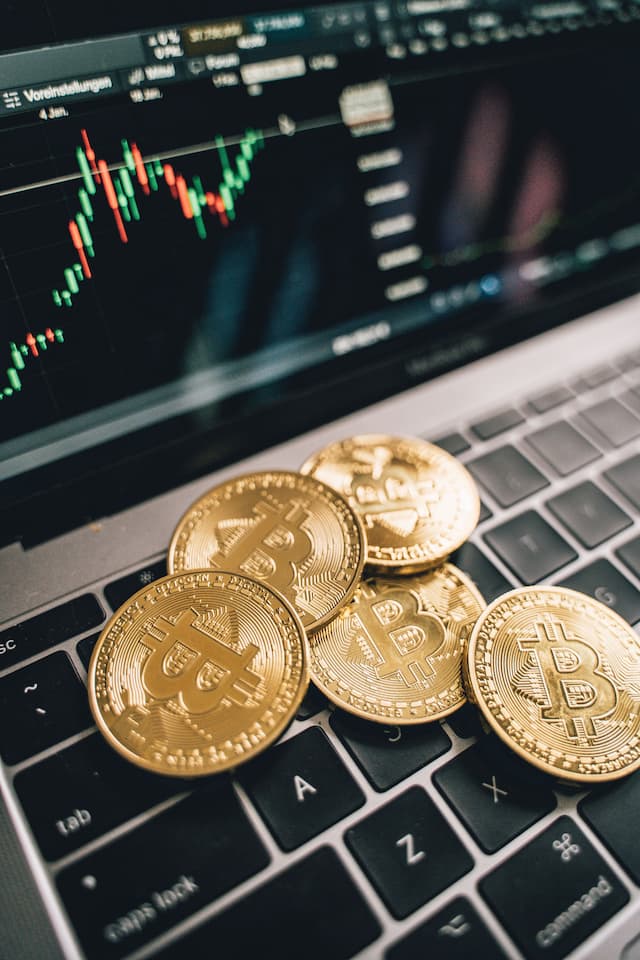
Defining Cryptocurrency and Digital Currency
So you want to know how many cryptocurrencies actually exist, eh? Well grab a coffee and settle in, because we're talking thousands. According to CoinMarketCap, there were over 4,000 cryptocurrencies with a total market capitalization of over $250 billion in early 2021.
Where did all these digital coins come from? Basically, anyone with a bit of technical knowledge can create their own cryptocurrency. All you need is open-source code (like Bitcoin), a whole lot of hype, and a whitepaper explaining your totally revolutionary coin that's going to disrupt finance, gaming, social media, or whatever.
The requirements are pretty low, hence the proliferation of what some call "sh*tcoins." But not all altcoins are shams. Some, like Ethereum, Litecoin, and Ripple, have real technology and partnerships behind them. Still, most will likely go to zero as the hype fades and markets mature.
So how do you know if a new crypto is legit or just another pump and dump? Look for signs like a knowledgeable development team, real-world use cases, partnerships with established companies, and of course a spiffy name and logo (kidding!). But don't bet the farm on any altcoin. As with the dot-com era, most will crash and burn, leaving a few dominant players.
In the wild west of crypto, there are no guarantees. But with some diligence, you can avoid the obvious frauds and maybe, just maybe, strike digital gold. Or lose it all. Welcome to the casino! But hey, thanks for reading - your attention means a lot in the age of distractions. Now go forth and speculate, you crazy crypto cowboy!

The Origins of Cryptocurrency With Bitcoin
So you want to get in on the ground floor of the next big thing in digital currencies? You're not alone. It seems like every week some new cryptocurrency pops up, promising to revolutionize finance or something. But where did it all start?
It began with Bitcoin, the O.G. of cryptocurrencies. Launched in 2009, Bitcoin was the first decentralized digital currency. No banks, no borders, just peer-to-peer transactions without a middleman. Created by the mysterious Satoshi Nakamoto (who could be an individual or a group, no one knows!), Bitcoin lets you anonymously send and receive money anywhere in the world.
Pretty slick, right? Since Bitcoin's launch, over 4,000 cryptocurrencies have flooded the market. With names like Dogecoin, Shiba Inu, and Mooncoin, it seems like anyone with a computer and too much time on their hands can create their own virtual currency nowadays.
Most are junk, but a few show promise. Ethereum lets you set up "smart contracts" and build blockchain apps. Litecoin is like Bitcoin but with faster transaction times. And Cardano claims it's the "third generation" of crypto that solves problems like scalability and interoperability.
Still, cryptocurrency is risky business. Values can drop 50% overnight, regulators are cracking down, and scam artists abound. But if you've got money to burn and a taste for adventure, why not throw some spare change at a few of these digital currencies? Who knows, you might just pick the next Bitcoin and end up an overnight millionaire. Just don't bet the farm on Mooncoin or you'll end up howling at the moon!
Major Players: Most Well-Known Cryptocurrencies
The crypto world is filled with thousands of digital currencies vying for your investment dollars. Let’s look at the major players, the popular kids of the blockchain world. These are the coins that get all the hype and media attention, for better or worse.
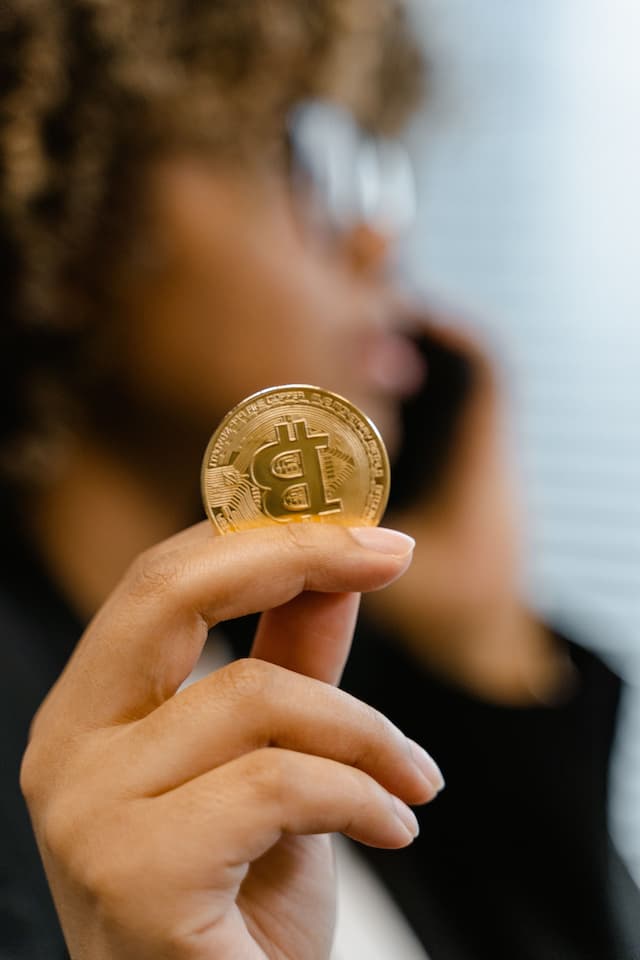
Bitcoin
The OG of cryptocurrency, Bitcoin started it all. Created in 2009 by the mysterious Satoshi Nakamoto, Bitcoin reigns supreme. Despite its volatility and "Wild West" image, Bitcoin remains the most mainstream digital currency. Everyone and their dog has heard of Bitcoin, for crypto enthusiasts and skeptics alike.
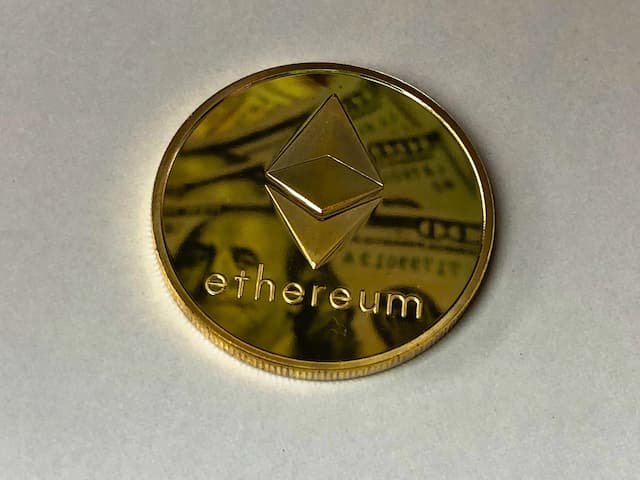
Ethereum
Launched in 2015, Ethereum is Bitcoin's brainy little brother. Ethereum is a platform for creating other cryptocurrencies and supports smart contracts. Ethereum fuels much of the crypto economy and many smaller coins are built on its blockchain. While not as well known as Bitcoin, Ethereum is a major player and worth watching.
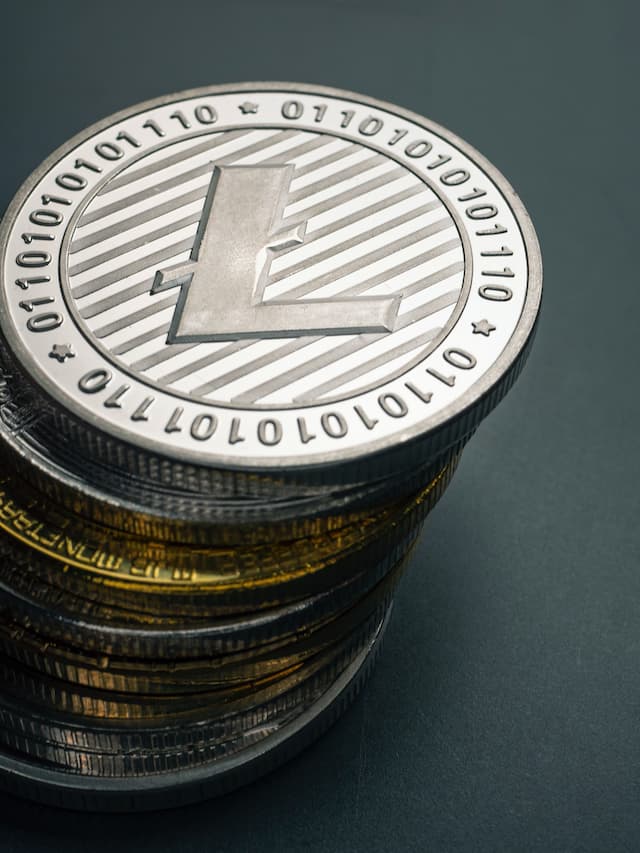
Litecoin
Touted as "silver to Bitcoin's gold," Litecoin is one of the earliest "altcoins." It's similar to Bitcoin but with a few technical differences like faster transaction times. Litecoin has remained in the top 10 cryptocurrencies by market cap, though it lives in the shadow of its more famous sibling, Bitcoin.

XRP (Ripple)
Unlike most cryptocurrencies, XRP is not mined but issued by the company Ripple. XRP aims to enable fast, low-cost global payments, though its future is unclear due to an ongoing SEC lawsuit. XRP is one of the more controversial cryptocurrencies, with a strong base of supporters and an equally passionate group of detractors.
The crypto world moves fast, and today’s major players could be tomorrow’s has-beens. But for now, this group of popular digital currencies leads the pack and drives most of the excitement, interest, and media attention in the cryptocurrency space. They may not stay on top forever, but they've earned their place as the current crypto "cool kids."
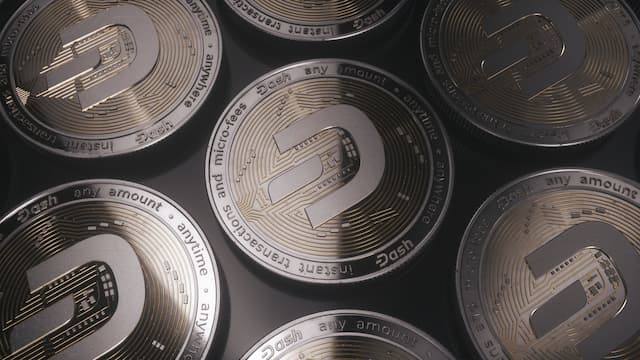
Altcoins - Alternative Cryptocurrencies Beyond Bitcoin
So you thought Bitcoin was the only cryptocurrency out there, did you? Think again. There are over 4,000 different altcoins - alternative digital currencies - floating around the cryptosphere. While Bitcoin dominates the market, all these little guys are hoping to gain some momentum and make you rich in the process.
The Usual Suspects
You’ve probably heard of some of the major altcoins like Ethereum, Litecoin, and Ripple. Ethereum is a blockchain platform for decentralized apps and is the second largest crypto. Litecoin is one of the earliest altcoins, meant to be a “lite” version of Bitcoin. And Ripple aims to enable fast, cross-border bank transactions. These big names have inspired countless copycats and wannabes.
The Unusual and Obscure
Then there are the weird and wacky altcoins. PotCoin, for all your cannabis needs. Unobtanium, because someone had to name a crypto that. And who could forget MoonCoin, so you can pay for your future space vacation. My personal favorite is Grumpy Coin, for all you disgruntled investors out there.
Some altcoins aim to improve on Bitcoin, while others are outright gimmicks. A few have stuck around, but most disappear into the crypto graveyard. Still, the lure of massive gains keeps new coins popping up like digital weeds.
FOMO and FUD
The crypto market runs on two acronyms: FOMO (fear of missing out) and FUD (fear, uncertainty, and doubt). Altcoins frequently prey on people’s FOMO, promising to be “the next Bitcoin” so you better buy now before the price shoots up! Then the FUD sets in, and the value comes crashing down. Rinse and repeat.
Still, if you do your research, some altcoins may be worth a small speculative position. The crypto market remains largely unregulated, so buyer beware. Only invest money you can afford to lose, because most altcoins will end up worthless. But if you pick the right one, your gains could be, well, astronomical. To the moon, right?
Memecoins and Joke Currencies
So you want to know how many cryptocurrencies actually exist? The short answer is: a lot. Like, a real lot. The long answer is that there are over 9,000 different digital currencies according to CoinMarketCap. Yes, over nine thousand. Satoshi Nakamoto probably didn’t envision this when Bitcoin was created.
Some of these are serious, innovative projects aiming to improve payments, banking, or other areas. But a good chunk are just plain silly. We’re talking memecoins, joke currencies, and outright scams.
Dogecoin
Topping the list of joke currencies is Dogecoin. This “memecoin” features the Shiba Inu dog from popular internet memes. Despite being created as a joke, Dogecoin’s market cap reached over $50 billion at its peak, making some early investors very wealthy. Much wow, indeed.
Unobtainium
Then there’s Unobtainium, a nod to the unobtainable mineral in the movie Avatar. Fittingly, not much is known about this elusive cryptocurrency. Its whereabouts remain...unobtainable.
PutinCoin
In the “too strange to be true” category, we have PutinCoin. This cryptocurrency claims to support causes dear to Vladimir Putin’s heart like “world peace” and “homeland security”. Da, comrades, homeland security indeed.
MoonCoin
For anyone who believes they’ll be a “MoonCoin millionaire”, I have some swampland in Florida to sell you. Spoiler alert: the value of this cryptocurrency has not, in fact, gone “to the moon”.
The list goes on and on. Honorable mentions include CryptoHamsters, TrumpCoin, and Useless Ethereum Token (yes, that’s its actual name). So while thousands of cryptocurrencies exist, most will remain obscure memes, inside jokes, and faded dreams. But hey, thanks for the laughs! And who knows, maybe one day PutinCoin will make us all rubles. But I wouldn’t bet on it.
Stablecoins - Cryptocurrencies Pegged to Fiat Value
Stablecoins are cryptocurrencies pegged to a fiat currency like the U.S. dollar to stabilize their value. As their name implies, they aim to offer price stability in the notoriously volatile crypto market. There are a few main types:
Fiat-collateralized
The most common stablecoins are backed 1:1 by fiat currency reserves. Meaning for every coin, there’s $1 in a bank account somewhere. These are considered the most secure but require a lot of cash on hand. If the reserves aren’t properly audited, though, who really knows if there’s enough money to redeem all the coins?
Crypto-collateralized
Some stablecoins are backed by other cryptocurrencies instead of fiat. The idea is that the value of the backing crypto offsets price changes in the stablecoin. The problem here is that crypto can drop in value too, potentially destabilizing the stablecoin. These tend to be riskier with higher volatility.
Algorithmic
Algorithmic stablecoins use smart contracts to automatically buy and sell the underlying crypto based on market dynamics to keep the price stable. No actual reserves are held. These are the riskiest stablecoins since there’s no hard asset backing the value. If the algorithm fails or the crypto crashes, your coins could become worthless in the blink of an eye.
By now over 200 stablecoins exist, though only a handful are commonly traded. As with any crypto, do your own research before investing to understand the risks. Some stablecoins may be more stable than others, but none are 100% guaranteed. The crypto market is largely unregulated, so if a stablecoin loses its peg and crashes, you likely have no recourse.
Caveat emptor, friends. While stablecoins seem appealing, don’t be lulled into a false sense of security. Crypto gonna crypto, and even stablecoins can’t escape volatility and risk in this market. If stability is truly what you seek, you may want to consider other investment options.
Tracking Total Cryptocurrencies in Existence
So you want to know how many cryptocurrencies actually exist, do you? The short answer is: a heck of a lot. The long answer is: way more than any normal person could possibly keep track of. At last count, there were over 9,000 different cryptocurrencies according to CoinMarketCap.
### An Explosion of Digital Coins
Back in the early days of Bitcoin, there were just a few major coins. Now, new cryptocurrencies are popping up at a breakneck pace. Everyone and their dog seems to have created their own digital currency. Some are legit, hoping to solve real-world problems. Many are junk—obvious scams and cash grabs.
Distinguishing the real deals from the duds can be tricky. With thousands of coins out there, how’s a regular person supposed to know what’s worth investing in and what’s as useful as pet rocks? Unless you plan to make crypto analysis your full-time job, you’ll need to narrow your focus.
Stick to the Majors
Rather than chasing after every new coin on the market, concentrate on established major currencies like Bitcoin, Ethereum, and Litecoin. These coins have real-world utility and larger market caps, so they’re less risky. As new cryptocurrencies emerge, watch to see which ones gain mainstream interest and adoption over time. The coins that survive and thrive are more likely solid investments.
Of course, that’s not to say you shouldn’t take a chance on younger up-and-coming coins. Just do your research, start with small investments to test the waters, and prepare to potentially lose money. Cryptocurrency is an extremely volatile market, and new coins are the riskiest of all. If a new coin moons, the rewards can be huge—but the odds of finding that diamond in the rough are very small.
The total number of cryptocurrencies may be uncountable, but focus your time and money on the ones that really matter. Don’t get distracted by shiny new objects when established digital gold is right in front of you. And if that all sounds like too much work, you can always just buy Bitcoin.
Challenges in Counting All Cryptocurrencies
Trying to count every single cryptocurrency in existence is like trying to tally up all the grains of sand on a beach—nearly impossible and not worth the headache. The challenges are many.
For starters, new cryptocurrencies are created every day. Anyone with a bit of technical know-how can develop their own digital currency nowadays. All it takes is a whitepaper, some hype, and a launch on an exchange. Boom, new crypto. Given the pace of new releases, any total would be outdated as soon as it’s published.
Another issue is that some cryptocurrencies just disappear into the ether, never to be heard from again after their initial launch fanfare. Their creators silently abandon the project or the community loses interest, so the crypto fades into obscurity. These “dead” coins still technically exist but good luck finding an accurate count of them.
Then you have cryptocurrencies that fork from one another, creating spin-offs that share some of the same code and features. For example, Bitcoin alone has spawned over 50 forks. Do you count these as wholly separate cryptocurrencies or not? It depends on who you ask.
Some cryptocurrencies also operate on private blockchains, so their details are not public. The teams behind these coins may not even disclose how many exist or who holds them. For all we know, there could be hundreds of secret cryptocurrencies out there, hiding in the shadows.
With new cryptocurrencies launching daily, abandoned projects disappearing, forks creating spin-offs, and private blockchains operating in secret, getting an exact count of all cryptocurrencies borders on impossible. The challenges are just too great. At best, we can get a rough estimate, but the total number is constantly changing and shrouded in mystery. The cryptocurrency market is the wild, wild west—and the sheriff went on vacation years ago.
The Future of Cryptocurrencies and Digital Currencies
The future of cryptocurrencies is about as clear as a Magic 8 Ball. Will Bitcoin reign supreme or fade into obscurity? Will “altcoins” like Ethereum or Dogecoin go mainstream? No one really knows. But one thing’s for sure: cryptocurrencies aren’t going anywhere.
Love them or hate them, digital currencies are here to stay. As technology improves and younger generations grow up entirely digital, cryptocurrencies will likely become even more popular and commonplace. That said, widespread mainstream adoption may still be a ways off. Crypto is complicated, and your average Joe probably can’t explain how it works or why they should care. For crypto to really take over, it needs to become much more user-friendly and accessible.
Some experts predict that in 10-20 years, crypto could transform how we buy and sell things online. Others think governments will clamp down with regulations before that ever happens. There’s also a chance that a massive security breach, scam or crash could damage public trust in cryptocurrencies forever.
If you’re thinking of investing in crypto, do your homework first. Don’t put in more than you can afford to lose, since the market is extremely volatile. Consider diversifying in different coins and don’t panic sell. Think long-term - while you may not become an overnight millionaire, you could make a tidy profit if you HODL (Hold On for Dear Life) for the next decade or two.
Of course, no one has a crystal ball. Cryptocurrencies could revolutionize finance or fizzle out completely. But digital money isn’t disappearing, and virtual coins are likely to become more mainstream and user-friendly over time. The future of crypto is unclear, but it’s sure to be an interesting ride. Fasten your seatbelts - it’s going to be a bumpy one!
Conclusion
So there you have it. The cryptocurrency craze has officially gotten out of hand. At last count, there were over 1,200 different digital coins and tokens flooding the market, with new ones popping up every day. Good luck keeping track of them all, let alone determining which ones are legit or not. The days of just Bitcoin, Ethereum, and Litecoin are clearly long gone. The crypto space has become the wild west - exciting, perilous, and more than a little ridiculous. If the current trend continues at this pace, you'll soon have more cryptocurrencies to choose from than streaming TV shows. But look on the bright side - if the zombie apocalypse happens, you'll have no shortage of volatile digital assets to barter with. Happy investing!
Comments (0)
Be the first to comment.